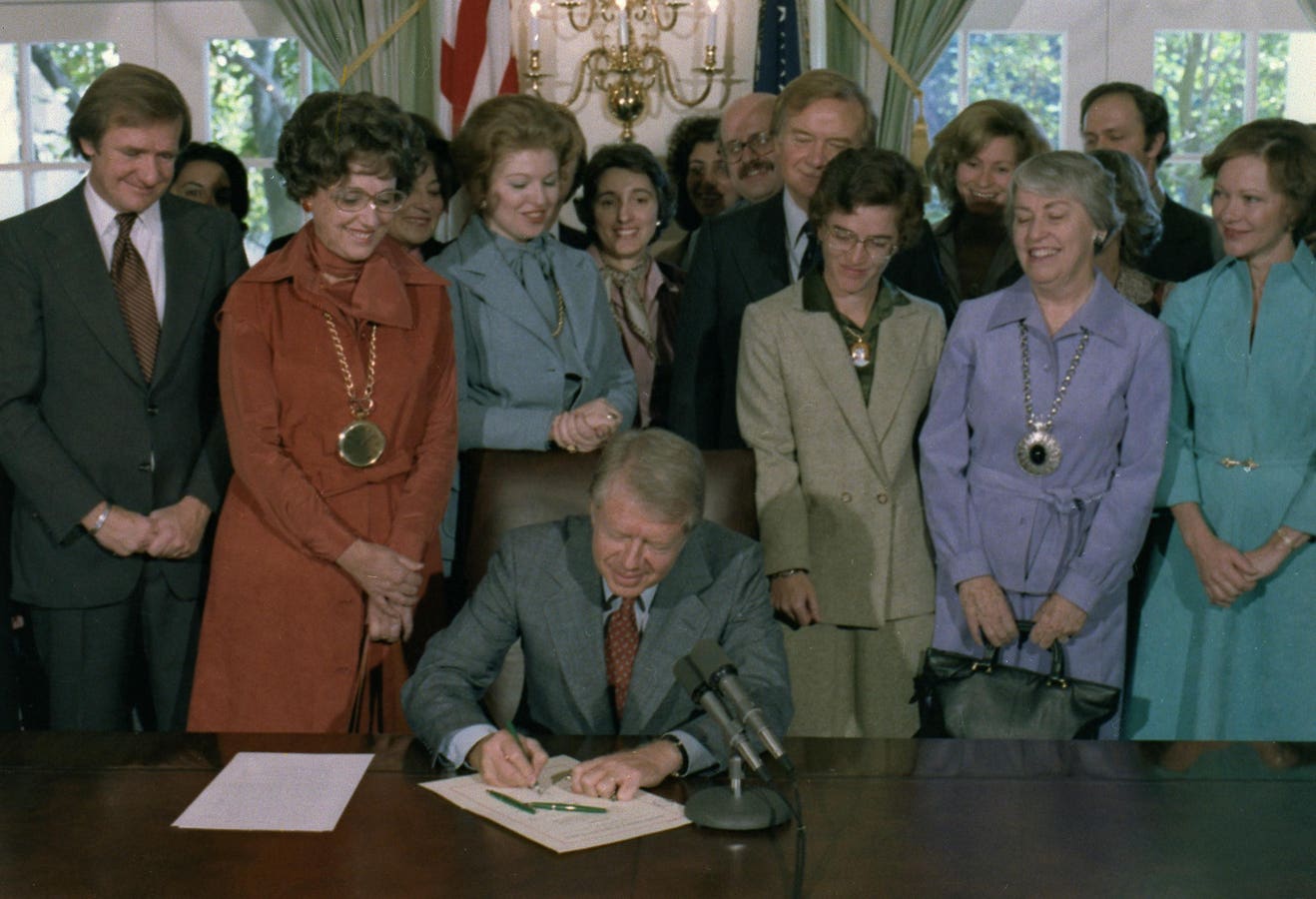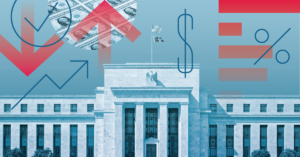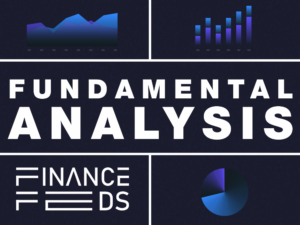
<fbs-accordion class="expandable" current="-1"><p class="color-body light-text" role="button">Jimmy Carter signs an ERA resolution instead of a tax cut in October 1978, gets driven from office <span class="plus" data-ga-track="caption expand">... [+]</span><span class="expanded-caption"> two years later. (Photo by: Hum Images/Universal Images Group via Getty Images)</span></p></fbs-accordion><small>Hum Images/Universal Images Group via Getty Images</small>
The tributes to President Jimmy Carter give him maximum credit for appointing Paul Volcker chair of the Federal Reserve, in August 1979. The horrendous stagflation of the period—three straight years of double-digit inflation, 1979-81, as a recession occurred—met its match, on the inflation side, the argument runs, because Volcker’s Fed beat down inflation in the Ronald Reagan 1980s. Reagan took care of the stagnation side via tax cuts and defense expenditure increases. So much for the conventional wisdom.
Jimmy Carter signs an ERA resolution instead of a tax cut in October 1978, gets driven from office … [+]
Carter’s appointment of Volcker is seriously overrated as a historically significant event. The Fed was incompetent to do anything productive while tax rates remained high (70 percent at the top through the 1970s) and the world remained reeling from the dollar going off the gold standard in 1971. The mad scramble for hedges against the dollar made all monetary policy irrelevant throughout the 1970s. That Arthur Burns, then William Miller, then Volcker were successive Fed chairs from 1977 on is to discuss epiphenomena. Nobody wanted the dollar. Therefore, putative dollar-policy masters were irrelevant.
Volcker “succeeded” in the 1980s—against inflation—because of one overriding development: tax rates fell by meat axe. Capital gains rate, down from 49 to 20 percent. Top income rate, down from 70 to 28 percent. Corporate rate, down from 48 to 34 percent. Income tax code indexed for inflation. Depreciation reform. All these developments took place in the 1980s. It was a piece of cake to “conduct” monetary policy in these conditions. Supply money. People will beat down to door to get it, now that the after-tax rate of return on earning and investing has skyrocketed. If Volcker had stunk as a Fed chair, it would not have mattered. If the Fed had been too tight (whatever that may mean), money would have come out of the walls to finance the Reagan Revolution. If the Fed had been too loose, buying up securities like crazy, it would have found too many competitive bidders against it in the 1980s bonanza.
Inflation died in the 1980s because, care of marginal tax cuts, it became surpassingly valuable to do productive things with dollars. Now if you went out and earned/made money, you kept it. This dried up all the hedging against the dollar, mass hedging of the dollar being the mechanism, the definition of inflation. Yes, yes, yes, Volcker got control of the Fed board, he switched from quantity to price targeting, he was committed to “breaking the back” of inflation, he “kept” interest rates high—yet still he was nada without the Reagan tax-rate cuts. They did it.
The Reagan tax-rate cuts—Carter had them all heading to his desk in October 1978. A Rep. Jack Kemp-endorsed cut in tax rates of 30 percent across the board inclusive as well of a capital gains tax-rate cut had just passed both houses of Congress comfortably and was ready to sit before Carter. He detested the bill and killed it in House-Senate conference that was resolving details. Carter’s condition was that the 30-percent income tax rate cut had to go, and he would swallow the capital gains tax-rate cut.
The day Carter signed the bill, in November 1978, the dollar hit its post-gold-standard low against foreign exchange. The dollar went up and up until 1985. A big cut in the rate of tax on investment returns marked the transition. Cut tax rates, and people want the dollar.
Had Carter relaxed that October and given Congress its bipartisan will, it is very conceivable that inflation would have shrunken in 1979 (instead of surging to 11 percent), given that the rate of return on making money was going up, up, up with this phased-in tax cut. This bill had spending triggers that would have stopped its implementation, so there is the chance that the markets and the economy would not have taken it seriously. California’s Proposition 13 the previous June, which immediately cut property tax rates by 60 percent, had shown that the real world prefers meat-axe, condition-less tax-rate cuts. Then investment really pours in.
Had Carter signed the full tax bill that October, and kept vigilant about spending, he would have had three years of 10 percent tax-rate cuts 1979-81, plus the capital gains tax-rate cut. No way inflation would have survived this—the incentive for going after dollars via productive activity would have been too strong. Behold: no mention of Paul Volcker.
Carter’s massive deregulation of industry contributed enormously to the 1980s disinflationary boom. This, as well as the 1978 capital gains tax cut (which Carter signed against his preferences), were Carter’s positive economic achievements. To go on about Volcker—who surely was an excellent Fed chair—is to mistake grandees for the action that mattered. The tax-rate cuts that came beginning in 1978, and then progressively under Reagan in the 1980s, with deregulation were what made the habitat for inflation impossible.




